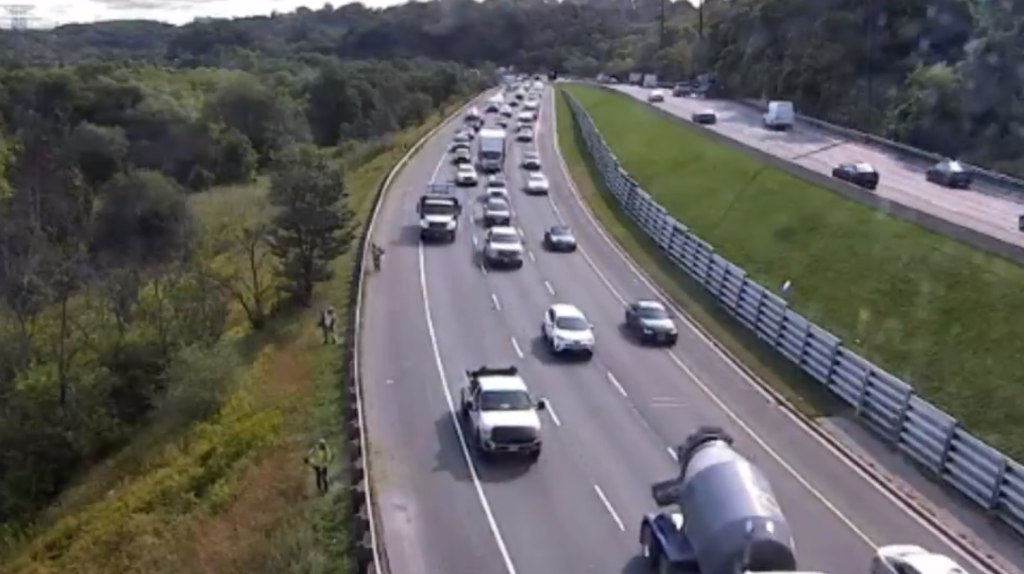Carbon dioxide levels at TCDSB school regularly exceeded recommended limits: Study
Posted February 20, 2021 5:23 pm.
Last Updated February 20, 2021 8:35 pm.
A report into air quality at three Toronto Catholic District School Board schools is raising concerns about COVID-19 safety.
The report looked at classrooms in three schools – Mother Cabrini, St. Jane Francis and St. Raphael – and the examination revealed classrooms at St. Raphael regularly exceeded the recommended amount of carbon dioxide levels, indicating that existing ventilation systems may be in dire need of upgrades.
Both Mother Cabrini and St.Jane Francis have HVAC systems while St. Raphael does not and is not mechanically ventilated.
The report also found that opening windows to improve ventilation “did not appear to have a significant positive impact” in the schools, adding that the issue was more pronounced at St. Raphael.
“Carbon dioxide concentrations were relatively well controlled in the buildings equipped with mechanical HVAC systems,” read the report’s conclusions. “Carbon dioxide concentrations were persistently elevated through the afternoon period in the school with no mechanical ventilation (St. Raphael) even though windows were open at many points during the study period.”
The report says “small improvements in ventilation could be obtained through a more systematic pattern of window operation.” Among the suggestions put forward, open both the top and bottom segments and open all available windows to maximize the size of the window opening.
TCDSB Ward 9 trustee Norm Di Pasquale says the report offers opportunities for improvement, even in the buildings that have ventilation.
“[There] are schools that actually have mechanical HVAC systems [that] weren’t balanced, so some rooms were getting more ventilation and some were getting less,” he says. “That’s an opportunity for improvement right there.”
Studying the CO2 levels provide an ideal indication of the level of ventilation in buildings, as ventilation has been a concern for school boards as they work to prevent the spread of COVID-19.
There is no evidence that the disease can spread through ventilation systems from one classroom to the next, says Dr. Edward Nardell, a Harvard Medical School professor who specializes in airborne diseases.
The danger, Nardell says, is from ineffective systems that don’t remove floating viruses and let them linger in classrooms after they are expelled in an infected person’s breath, sneeze or cough.
Di Pasquale says the province could do more to address the air flow problem in TCDSB schools.
“From the federal funding we received, we were able to add air purifiers to two-thirds of all of our classes,” he says. “If the province gave a bit more ventilation funding we could get an air purifier for literary every classroom. This is an initiative that is known to make a difference.”
The report says it would cost anywhere between $500,000 and $600,000 to replace the windows at St. Raphael to begin to rectify the ventilation and safety concerns mentioned.
Back in August, the Ford government announced it would provide $50 million in one-time funding to pay for improved ventilation, air quality and HVAC system effectiveness in schools as part of its reopening plan.
Schools in the province returned to in-person learning on Feb. 16 when Toronto, Peel and York students went back to class.
You can read the full report below
Final IAQ Report Three School Ventilation Study TCDSB Feb 12, 2021 by CityNewsToronto on Scribd










